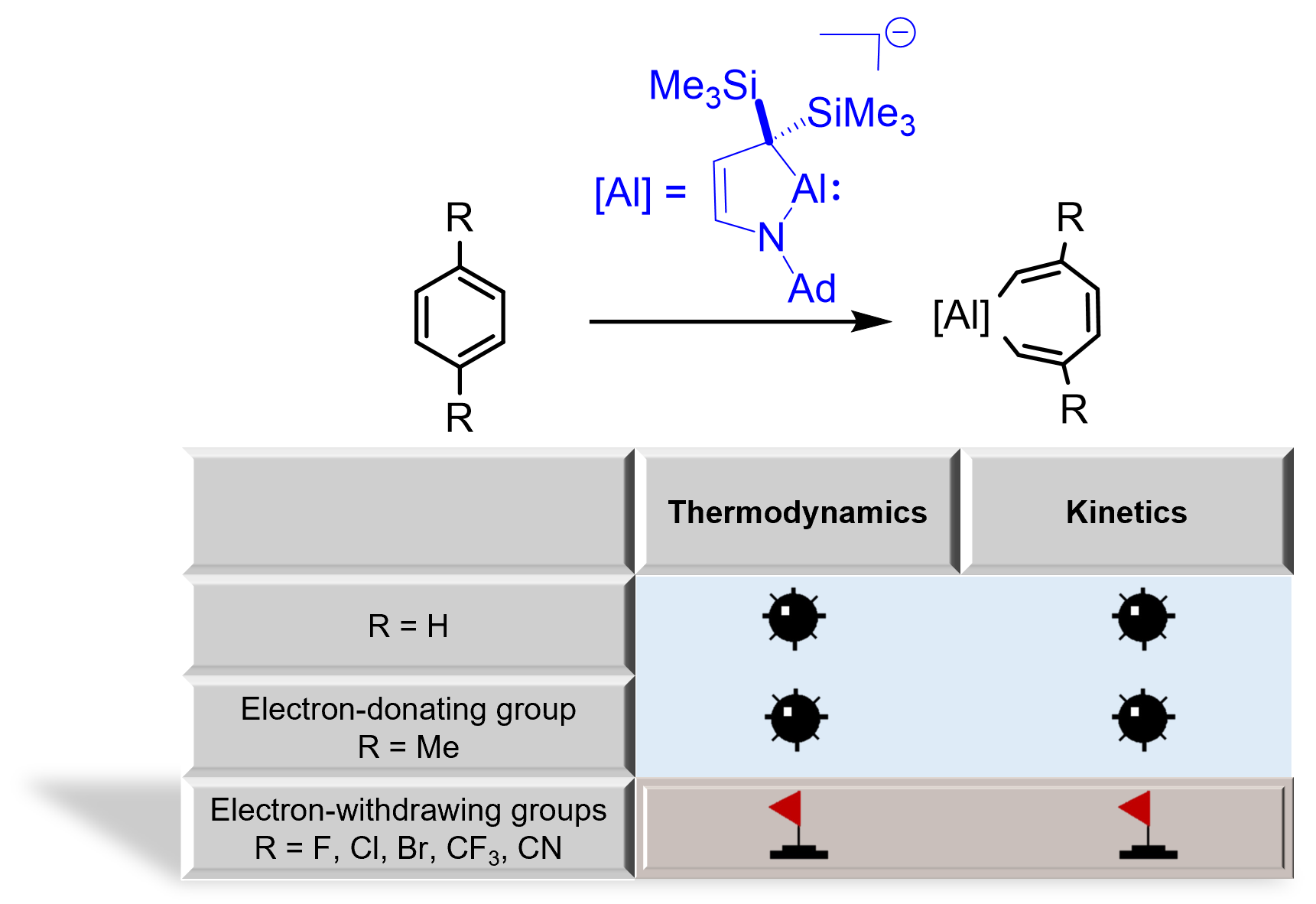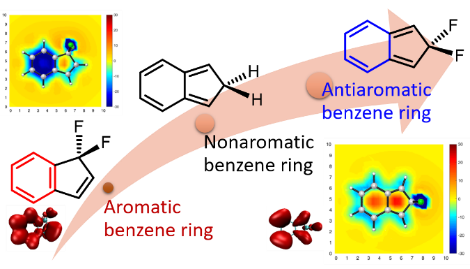Probing a General Strategy to Break the C-C Bond of Benzene by a Cyclic (Alkyl)(Amino)Aluminyl Anion
Submitted by Jun Zhu on Thu, 11/10/2022 - 18:48
The oxidative addition of C-C bonds in aromatic hydrocarbons by low valent main group species has attracted considerable attention from both theoretical and experimental chemists due to the big challenge in breaking their aromaticity. Here, we demonstrate a general strategy to break the C-C bonds in benzene by cyclic (alkyl)(amino)aluminyl anion via density functional theory (DFT) calculations.

